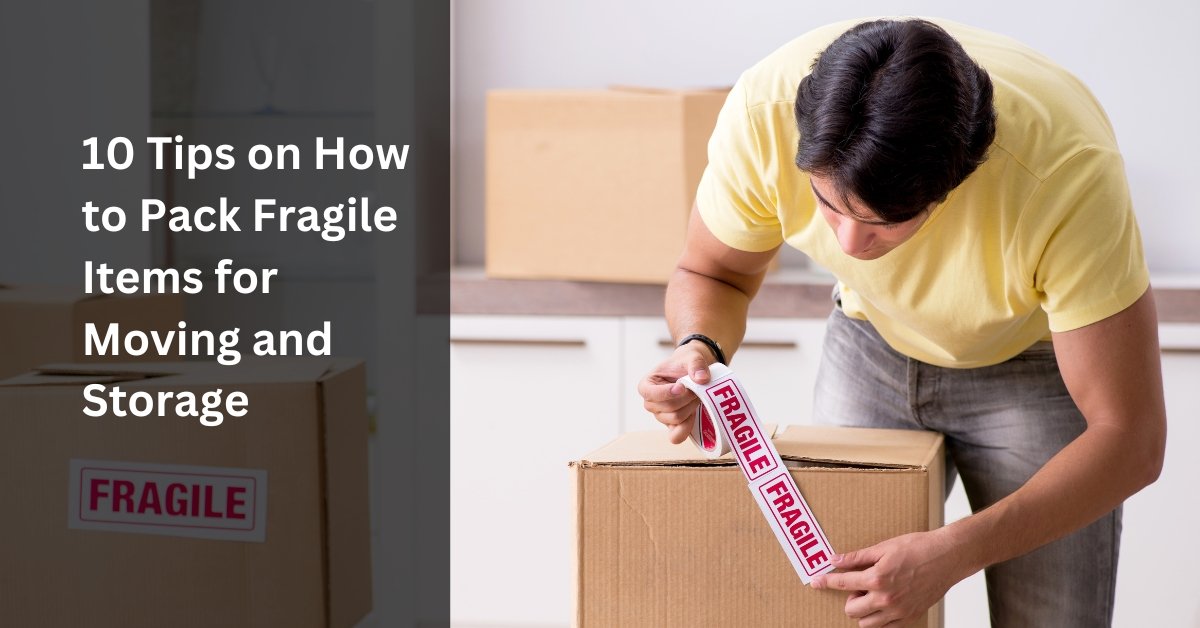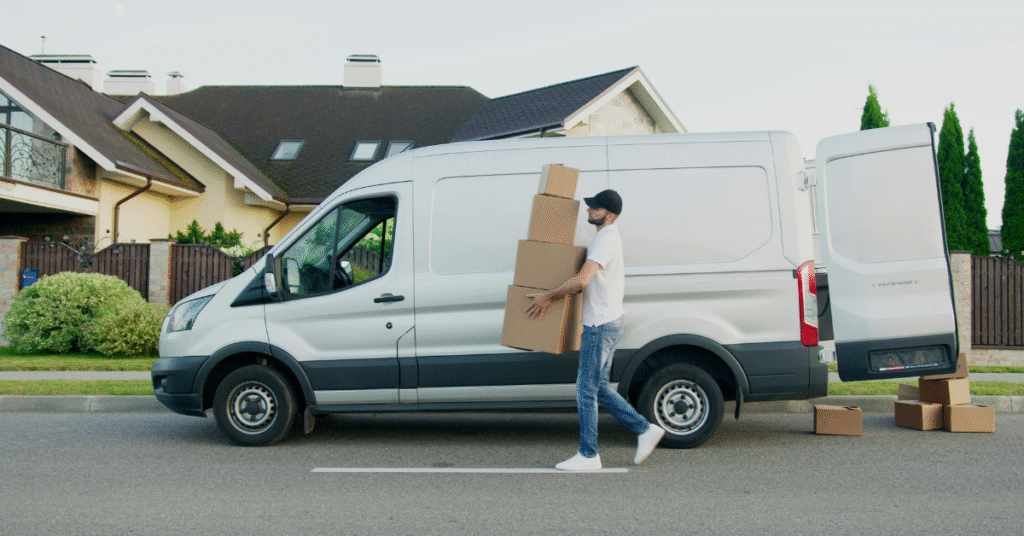Currently Empty: $0.00
10 Tips on How to Pack Fragile Items for Moving and Storage?
Moving to a new home or storing your belongings requires careful packing to protect delicate and valuable items. Fragile items, in particular, demand extra attention to ensure they survive the journey unharmed. Whether you’re moving glassware, electronics, artwork, or heirlooms, proper packing can make a world of difference. Here are 10 essential tips to help you pack fragile items for moving and storage with confidence.
1. Use the Right Packing Materials
The first step in packing fragile items is to gather high-quality packing materials. For delicate items, you should have:
- Bubble wrap: This is essential for cushioning fragile objects and preventing them from breaking.
- Packing paper: Use unprinted packing paper to wrap dishes, glassware, and other breakables. Avoid using newspapers as they can leave ink stains.
- Packing peanuts or foam inserts: These fill empty spaces in boxes and prevent items from shifting during transport.
- Cardboard boxes: Use sturdy, corrugated boxes to support the weight of your fragile items. Don’t skimp on box strength.
Ensure you have extra padding materials on hand to ensure your items are adequately protected.
2. Wrap Items Individually
Each fragile item should be wrapped individually to avoid direct contact with other objects that might cause damage. For example, wrap glasses, vases, and bowls in bubble wrap or packing paper. This prevents scratches, chips, and breakages when items shift or come into contact with each other.
3. Double Wrap When Necessary
For especially fragile or valuable items, double wrapping provides an extra layer of protection. First, wrap the item in bubble wrap, and then cover it in packing paper or additional bubble wrap. This will add more cushioning to absorb shock and impact.
4. Choose the Right Size Box
Avoid overstuffing boxes with fragile items. When a box is too small, items may not have enough padding, and when it’s too large, the items might shift around. Opt for boxes that fit your items snugly with enough room for cushioning material. For example, don’t pack a large item like a lamp with smaller items; they should have their own box.
5. Fill Empty Spaces in Boxes
Once you’ve packed your fragile items into boxes, fill any empty spaces with packing peanuts, crumpled paper, or bubble wrap. This helps prevent shifting, ensuring that your items remain stable during the move or while in storage.
6. Label Boxes Clearly
Labeling your boxes is a simple yet effective way to protect fragile items. Use clear, bold markers to write “FRAGILE” on all sides of the box. This will alert movers and anyone handling the boxes that the contents require careful handling. You may also want to write “This Side Up” to indicate the proper orientation.
7. Consider Climate-Controlled Storage
When storing fragile items, especially those susceptible to temperature or humidity changes, a climate-controlled storage unit is a smart choice. Items like electronics, artwork, wood furniture, and musical instruments can be damaged in extreme temperatures or high humidity. A climate-controlled unit will help preserve your items in a stable environment, preventing warping, cracking, or mold growth.
8. Pack Heavier Items at the Bottom
When packing multiple fragile items in one box, place the heaviest items at the bottom. For example, large bowls or thick glassware should go at the base of the box, while lighter items like glasses or fragile decor should be placed on top. This ensures that heavier items don’t crush lighter ones during transport or storage.
9. Use Special Boxes for Specific Items
Some fragile items require special boxes for optimal protection:
- Dish packs: These boxes are designed for dishes, plates, and glassware. They come with built-in dividers that help separate and protect each item.
- Picture/mirror boxes: These tall, adjustable boxes are designed specifically for artwork, mirrors, or framed pictures.
- Wardrobe boxes: If you’re moving fragile clothing or garments that are delicate, using a wardrobe box can protect them from wrinkling or tearing.
These specialized boxes ensure that fragile items are well-protected and not squashed by other belongings.
10. Consider Professional Packing Services
If you’re moving high-value or extremely delicate items, it may be worth hiring professional packing services. Experts are trained in safely packing fragile items using the best techniques and materials. While this comes with an additional cost, the peace of mind it provides, knowing your belongings are in capable hands, can be invaluable.
Ensure Your Fragile Items Stay Safe During Your Move or Storage
Packing fragile items for moving and storage doesn’t have to be a stressful experience. By following these 10 tips, you can ensure that your delicate belongings are securely packed and arrive safely at your new home or storage facility. Remember to use high-quality packing materials, wrap items individually, label boxes clearly, and consider professional services if necessary. If you’re in need of expert assistance, residential moving and storage in Arlington, Texas can provide specialized services to protect your fragile items. With these strategies in place, you’ll be able to protect your fragile possessions with confidence, whether you’re relocating or simply storing them for the future.






